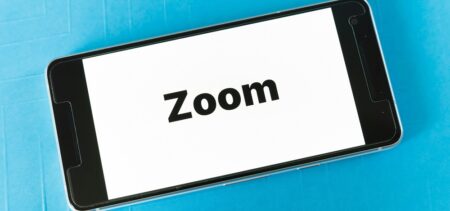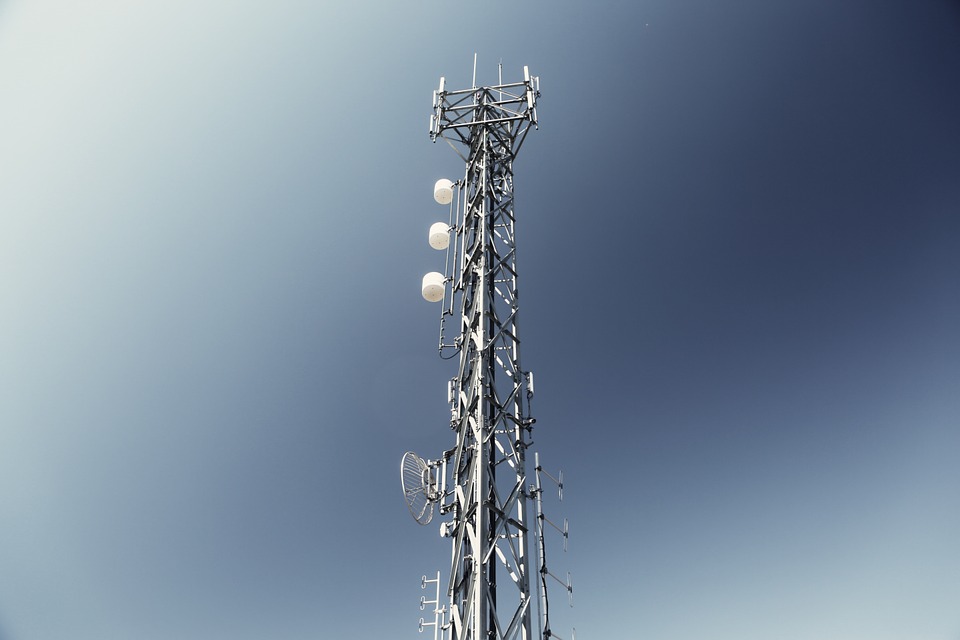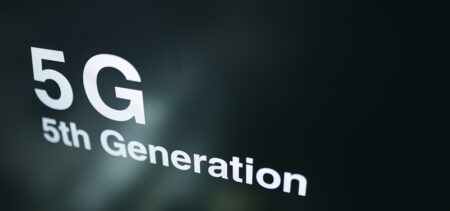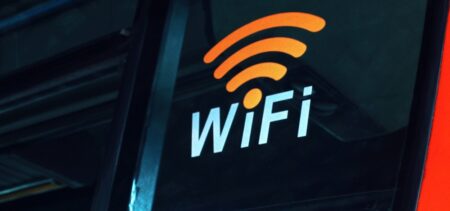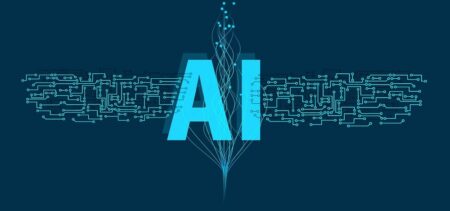The familiar wireless communications may soon re-classify into classic wireless and alternative communications technologies that do not need any physical connection in order to deliver data. One of these complementary solutions to RF-bandwidth information transmissions is the Li-Fi or Light Fidelity Technology, pertaining to the optical wireless communications field (OWC). Another specific abbreviation is VLC – Visible Light Communication, acting as a base for this “light language” that encodes information into extremely fast light modulations and transmits it to the receiver device.
What exactly is Li-Fi?
The alleged pioneer/inventor of Li-Fi is University of Edinburgh professor Harald Haas, while ZDNet (quoting Xinhua News) named a group of Shanghai’s Fudan University professors as the official scientists to develop this technology into a commercial technology.
Harald Haas co-founded PureLiFi, which defines the new technology on their official website as a “light based communications technology that delivers a high-speed, bidirectional networked, mobile communications in a similar manner as Wi-Fi”. Their estimations paint a “$113bn industry by 2022”. Interestingly enough, a TNW article on Li-Fi and its founders prompt the information that Professor Haas has been testing his technology with a well-known (undisclosed) aircraft manufacturer, a domain where this technology could bring lighter wireless transmissions inside a modularized and modernized seating space.
The data in Li-Fi is delivered by using LEDs (light-emitting diodes) as a medium: switching on and off the current that goes to these LEDs determines light variations imperceptible for the human eye, yet meaningful in what data communications are concerned. There are a few necessary conditions essential for this system to function properly: the LEDs should remain continuously switched on, and both the transmitter and the receiver have to be inside a certain range and not be separated by walls, since the data traffic thus transmitted cannot go through hard obstacles.
Marketed as a simpler, less complicated way of re-transmitting data via direct modulation methods at very large data rates, the Li-Fi is even easier to grasp when contemplating the scheme provided by the pureLiFi website. For further details, the Li-Fi features section mention capacity, efficiency, interference safety and security capabilities.
Why is Li-Fi worth mentioning?
Considering that the idea of transmitting information via light modulations does not reveal itself as interesting enough for the tech passionate coming into contact with it for the first time, maybe a relatively recent piece of news might re-vamp it.
Apparently Apple is experimenting with this ultra-fast (224 gigabits/ second) data transmission method, as a change in its iOS 9.1 code indicates. AppleInsider confirmed the Li-fi capability introduction to Apple’s next operating system. The addition is linked to a 2013 Apple patent regarding optical modulation. A simple experiment or a more meaningful development detail, this element nevertheless indicated the company’s interest in this emerging technology.
Li-fi testing is not limited to Apple devices, yet the fact that this famous tech giant includes this capability into its future products gives a wider significance to this communications technology.
Other testers include the Estonian Velmenni company (startup), which considers Li-Fi for industrial communications and has a pilot project commissioned by a private client. Their commercially viable technology is called Jungru.
The French company Oledcomm also plans to implement the VLC technology into hospitals. The Oledcomm marketing strategy mentions li-fi as a green technology, free of regulated licenses, smartphone-compatible and ultimately disruptive, since it has the potential to become widespread.
Their GEOLiFi Kits cost approximately $400-600 (depending on the model) and were successfully showcased at CES 2016. The Oledcomm vision incorporates wireless Li-fi networks serving “path-finding (…) navigation, local-based advertising”
Another names linked to Li-Fi are those of the French companies Leti and LUCIOM, whose common project launched in November 2015. Their products aim the retail technology environment: wireless networks for shoppers enabling product information and advertising, personalized marketing and customer experiences. The CEO of LUCIOM also mentioned bidirectional transceivers as future Li-Fi technology devices.
In conclusion, the potential of Li-Fi has been noticed and seized by a few pioneering companies, alongside with the Apple developers and it will be interesting to follow in the next years.
Li-Fi benefits
Some of this emerging technology’s benefits have already appeared above. The necessary hardware is less sophisticated in comparison with the RF wireless, no antennas are needed and it all weighs less.
It is also interesting how a limitation of this technology is converted into an advantage: not being able to transmit through walls translates into a higher privacy protection. The data transmitted via VLC remains inside the workspace, thus traveling in a more secure way than classical Wireless data does. No password protection would be therefore necessary for Li-fi transmissions.
A third advantage would be the data traffic speed. According to an online author, the 224 Gbps announced by BBC turned into 1 Gbps when tested under real life conditions – nevertheless, it is an impressive speed for wireless transmissions.
Other benefits mention that Li-fi transmissions are more compatible with human health, are more energetically efficient (therefore more environmentally friendly), and better fitted for the future IoT expansion.
As an enthusiasm deterrent, however, it might be useful to remember the fate of infrared-based communications (IR). Although not completely out of the picture, the technology didn’t became widespread and successful. A skeptical yet scientifically curious monitoring of this new OWC technology – the Li-Fi wireless could be the best attitude for the moment.






